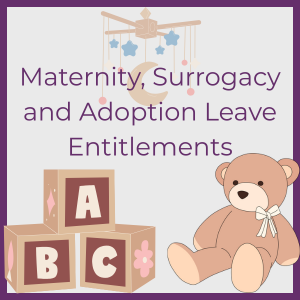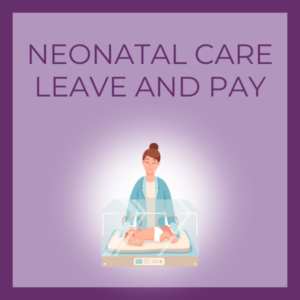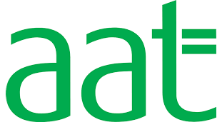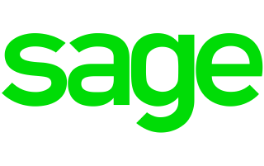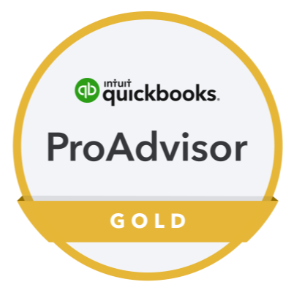
A profit and loss statement, also known as a profit and loss account, gives a clear view of whether a limited company, partnership or sole trader has made money or lost money.
From an accounting point of view, the information is vital because dividends are only payable up to the amount of annual profit made by limited companies. Annual profits also dictate how much tax is payable for all types of business.
P&L accounts are at the heart of running a business, alongside managing budgets and cashflow, payroll, and keeping all your financial records in order.
What is in a profit and loss statement?
A P&L statement sets out a company’s performance over a period of time. As with management accounts, weekly, monthly and, more commonly, quarterly statements give a regular view of the financial position of a business, and can be core tools for owners and managers. The key time periods for any business are its trading year, and the tax year.
The core elements of a P&L account are:
- Sales revenue
- Direct costs (also known as variable costs)
- Gross profit
- Operating costs (also known as fixed costs)
- Net Profit
What is sales revenue?
Sales revenue is also known as turnover and is the income paid to the business for goods and services. For example, an IT company may sell computer hardware and provide consultancy services. On the profit and loss account these should be recorded separately under Sales Revenue.
What are direct costs?
Direct costs are costs incurred directly in the production of an item, or the delivery of a service. Examples include raw materials used to make a product, associated transport costs and commission fees. Direct costs are also referred to as variable costs.
What is gross profit?
Gross profits are sales revenue minus direct costs. Gross profits can indicate that a business is in good shape. However, for a true picture of business performance, operating costs and net profit have to be taken into account, and a different picture can emerge.
What are operating costs?
Operating costs, often known as fixed costs, cover all the sums paid out in the course of running a business. These could include:
- Salaries
- Cars and travel
- Rent and rates
- Advertising and marketing
- Subscriptions
- Stationery
- Phones
- Bank interest
- Bank charges
- Legal fees
- Depreciation
While there are few types of variable cost, fixed costs can cover a very wide range of expenditure. Operating costs continue to be incurred regardless of the number of sales made by the business.
What is net profit?
Net profit is calculated by subtracting operating costs from gross profit. Net profit is the amount of free cash the business generates, and is the key measure of how well a business is doing.
For a full view of a company’s financial position, profit and loss statements are considered alongside the balance sheet (a summary of assets and liabilities) and a cash flow statement (covering the amount of cash coming into and going out of the company).
See more definitions from AMR of accounting and bookkeeping terms.
What do Profit and Loss statements tell you?
By comparing end of year Profit and Loss accounts, owners can track how their business is performing year-on-year. Equally, by comparing like-for-like time periods such as the weeks before Christmas, the business can look at how it is performing at critical times.
The information in a P&L statement can also be used to look at different factors which are business critical. Are operating costs going up at the same rate as sales? Are fixed costs rising or falling? Is the profit margin going up or down? (To work out % margin, subtract all costs from sales, and divide by the sales figure).
The story in the numbers will indicate the actions a business needs to take. Cutting fixed costs may be a priority, or driving an increase in sales, or finding lower cost sources of supply.
Do large limited companies have to produce a profit and loss statement?
Yes. With the annual tax returns to HMRC, limited companies are required to submit a profit and loss account together with a cash flow statement, a directors’ report and an auditors’ report.
Do small companies need a profit and loss statement?
Yes. However, for small companies registered at Companies House, HMRC does not require an auditors’ report or a cash flow statement. To qualify as a small company for reporting purposes, two of the following conditions need to be met:
- Turnover is less than £10.2 million
- Balance sheet total must not be more than £5.1 million
- Average number of employees must not be more than 50
Do sole traders and freelancers need a P&L statement?
No, not for HMRC purposes. However, sole traders and freelancers are self-employed, and have to complete an annual HMRC Self-Assessment (SA) tax return. SA returns require full details of revenue, costs and profit, all of which would form the main part of a P&L statement. Producing a regular P&L report helps keep sole traders and freelancers fully informed about how they are doing.
Can bookkeepers produce a Profit and Loss Statement?
At AMR our professional bookkeepers can help businesses of all sizes to produce a P&L statement. Our experience and knowledge will help identify direct costs and operating costs, as well as providing insights into allowable expenses, and the reporting of profits and losses in different accounting periods. We also provide expertise in reporting for corporation tax for companies, and personal tax for sole traders.
If you are looking for help and advice on profit and loss statements, the experts at AMR are ready to help. Please give us a call on 01892 559480, or get in touch via our online enquiry form.


